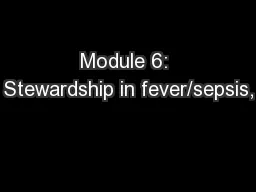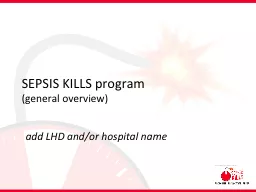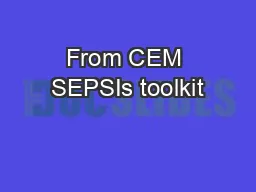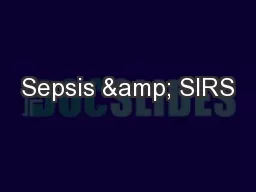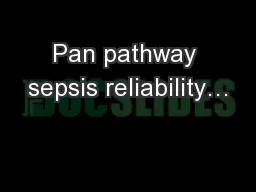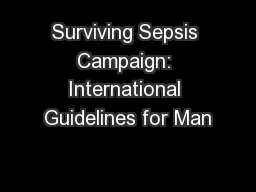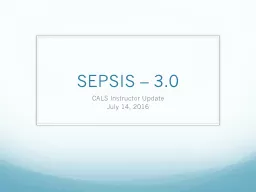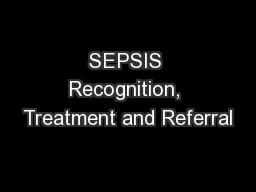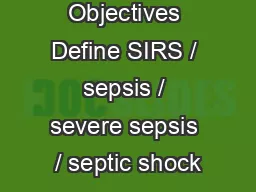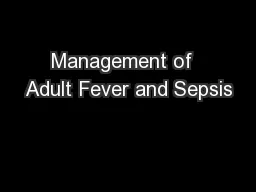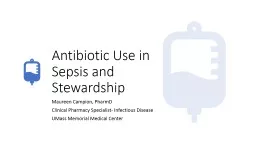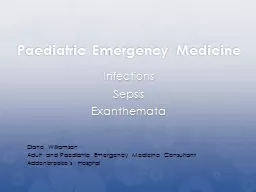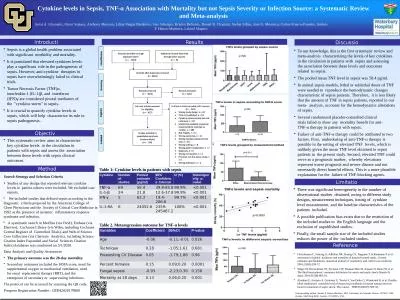PPT-Module 6: Stewardship in fever/sepsis,
Author : luanne-stotts | Published Date : 2017-04-22
neutropenia osteoarticular infection and endocarditis Benjamin Westley MD FAAP FACP 4120 Laurel St Suite 204 Anchorage AK 99508 Objectives Discuss initial management
Presentation Embed Code
Download Presentation
Download Presentation The PPT/PDF document "Module 6: Stewardship in fever/sepsis," is the property of its rightful owner. Permission is granted to download and print the materials on this website for personal, non-commercial use only, and to display it on your personal computer provided you do not modify the materials and that you retain all copyright notices contained in the materials. By downloading content from our website, you accept the terms of this agreement.
Module 6: Stewardship in fever/sepsis,: Transcript
Download Rules Of Document
"Module 6: Stewardship in fever/sepsis,"The content belongs to its owner. You may download and print it for personal use, without modification, and keep all copyright notices. By downloading, you agree to these terms.
Related Documents

